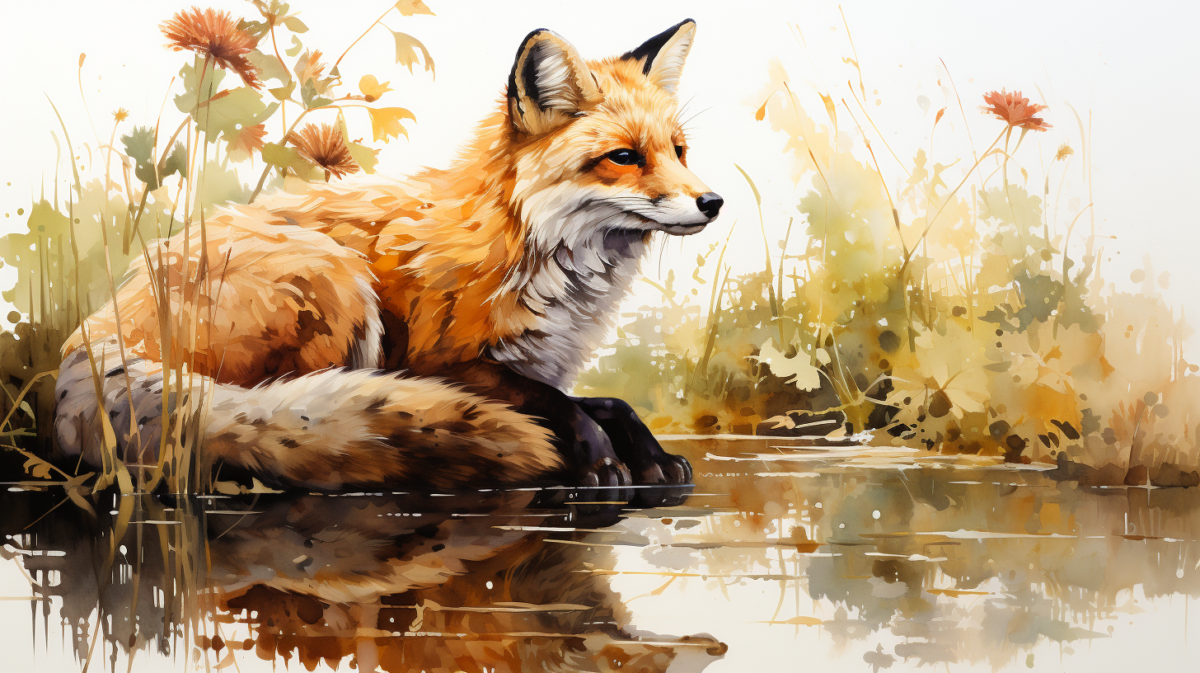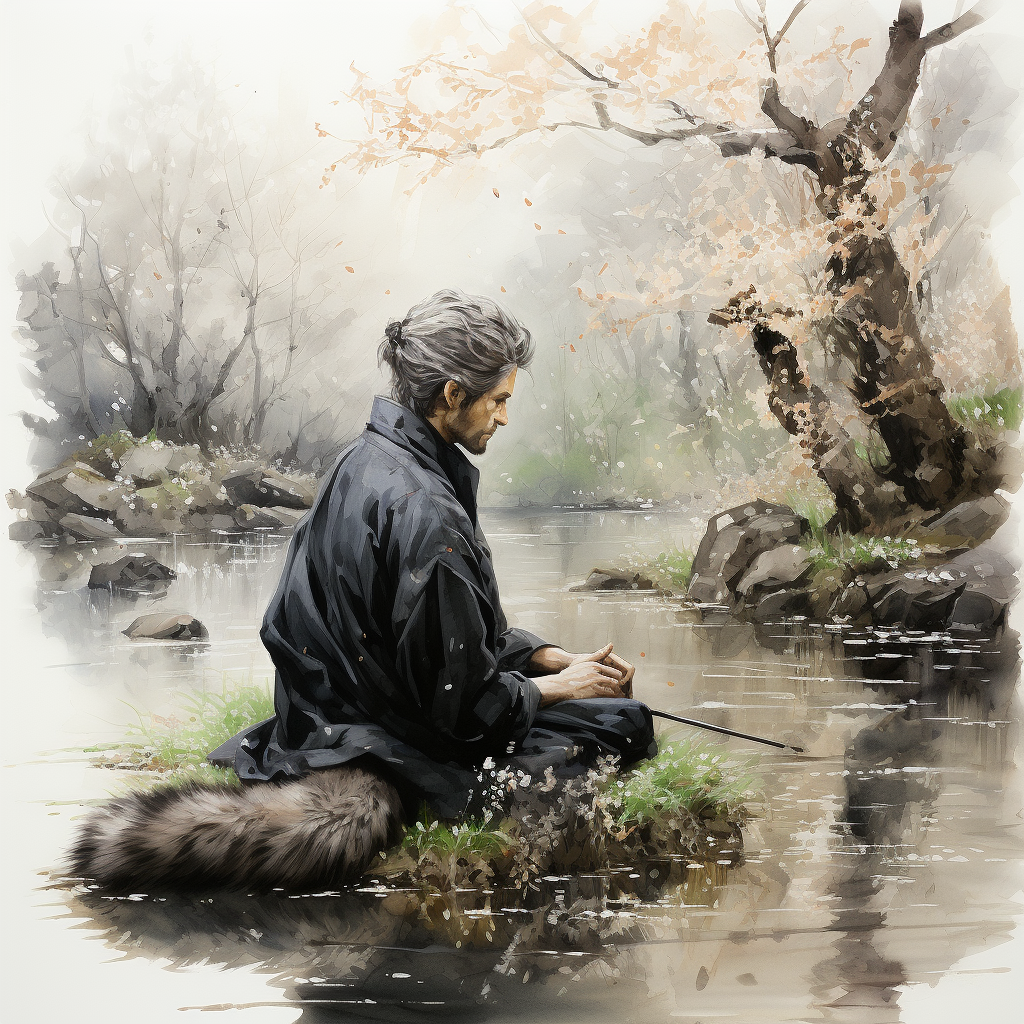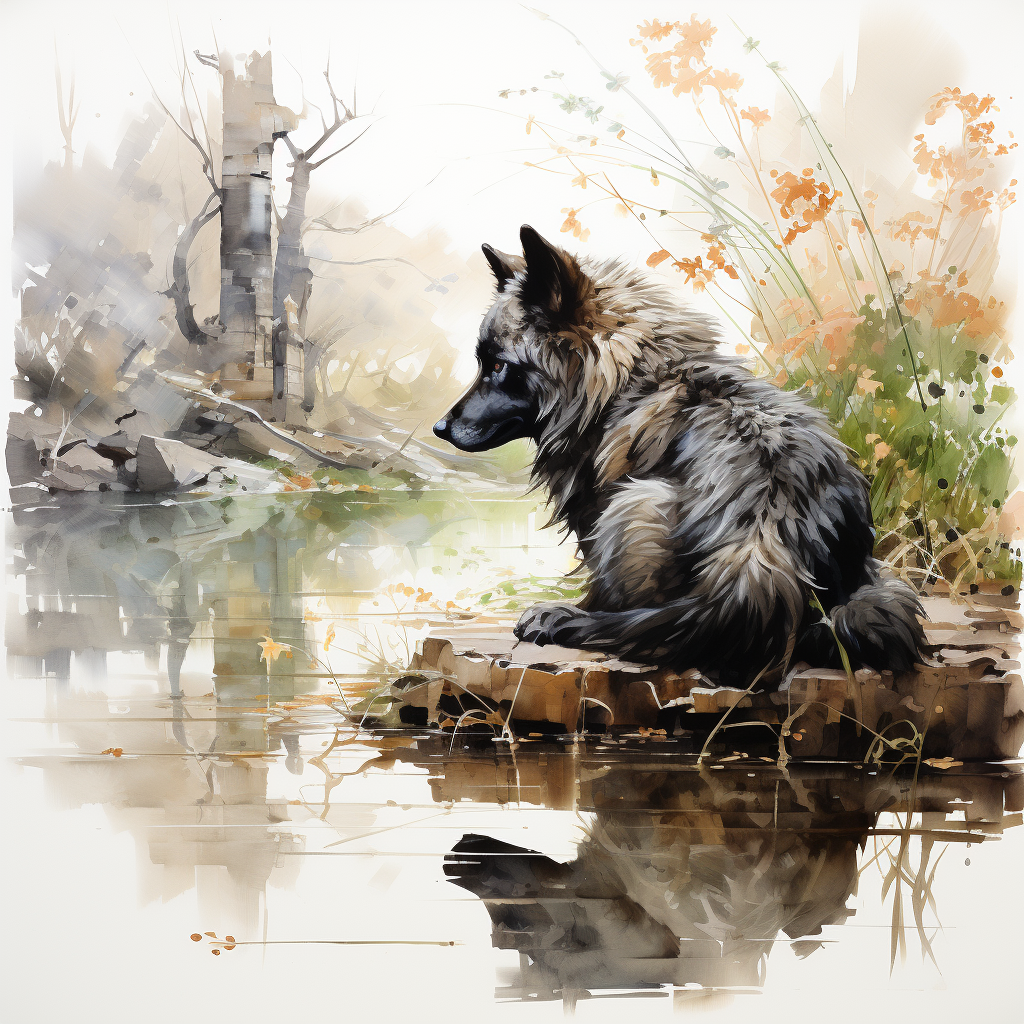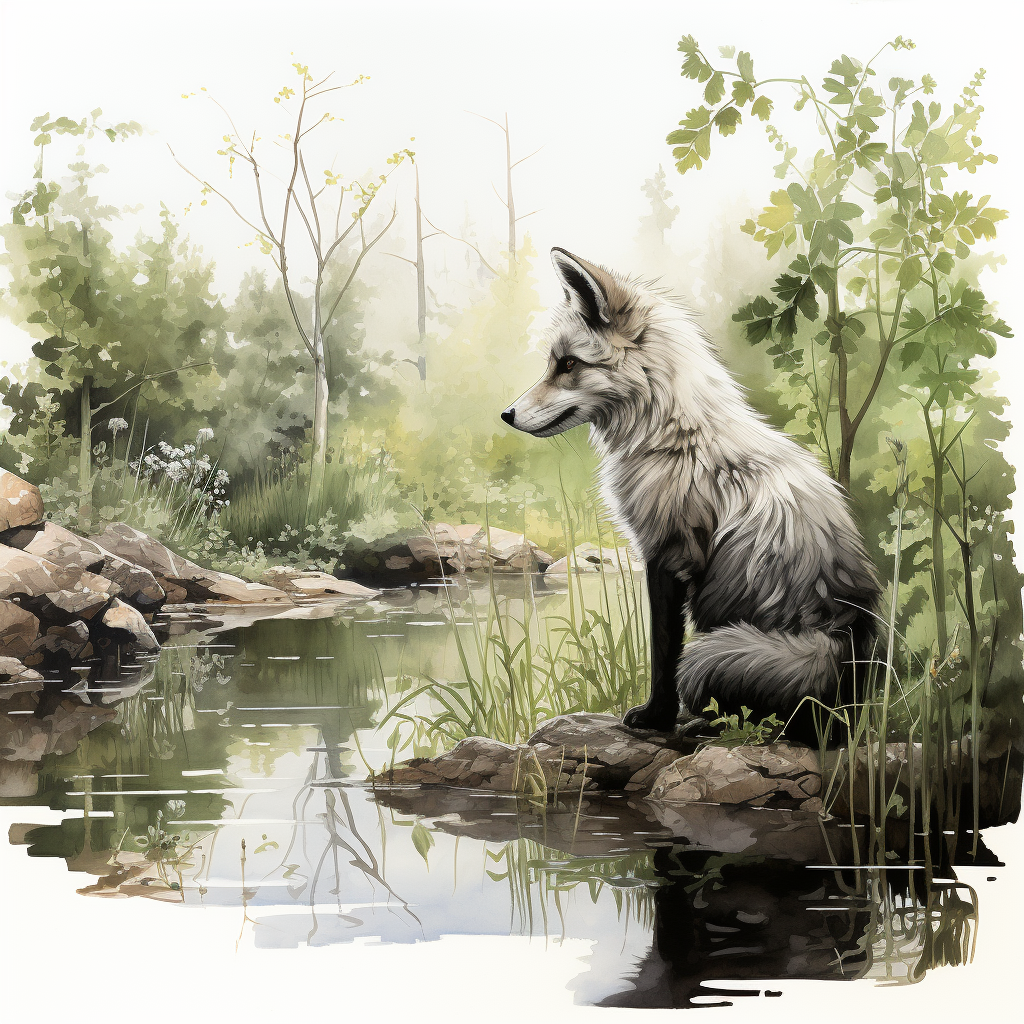As I was researching AI and design, I stumbled upon the learning platform, Maven and because I joined the waitlist for a class on designing for AI and they now had my email address, Maven used that opportunity to pitch some other classes my direction. Well, they got me. I signed up for a two week MidJourney class aimed at creatives and in just two classes, I have learned far more than the four months of evening experimentation on my own.
I learn better with live classes; I think it forces me to stay more engaged. I’d read the MidJourney docs, but there’s something beneficial in seeing someone demo the concepts as they’re speaking. You might be thinking: yes, but there’s YouTube for that and it’s free. It is. But I struggle with video learning. I think it’s partially because videos streamline content so concisely that if you lose focus for even 10 seconds, you’ve probably missed something important. The course I’m taking does contain videos, but they are pretty short and by starting with the live session first, I find myself more willing to tolerate the videos. Mostly, I use the videos to make sure there aren’t any gaps in the notes I took for the live session. I’m a compulsive note taker. I have to write everything down for it to stick in my brain. Plus, then I have it easily searchable in Evernote and also in text.

MidJourney prompt: watercolor illustration, side profile, woman, Japanese, sitting by pond, sad –s 500
When you look at examples of what other people are doing on the MidJourney Discord server, you often see large blocks of tokens. It has a very similar feel to the early days of keyword stuffing for search engines in the web page meta tags. But apparently doing that for MidJourney is about as effective as doing the SEO version for Google. In class, we were told to start simple and only change one variable at a time. This makes it easily to learn and predict what outcomes might be had from a given prompt.



MidJourney prompt(s): watercolor illustration, side profile, red fox, Japanese, sitting by pond, sad –s 500, watercolor illustration, side profile, silver fox, Japanese, sitting by pond, sad –s 500
Switching my subject from a woman to a red fox to a silver fox helped me maintain the wistful watercolor illustration style, but did result in some interesting results for silver foxes. Not only did I get the older gentleman with the tail, I also got several “foxes” that looked more like they were husky or wolf given they had much larger proportions.
I had thought MidJourney operated on a much more defined syntax, but as it turns out, there’s more flexibility than I realized. Syntax and prompt order do affect the weight of the tokens and the general structure goes: style and composition, subject details, environmental details.
Running /shorten on my prompt also showed me that side profile was unnecessary in this particular prompt. I have had to use that token before on portraits of animals to get full body shots, but perhaps because I started this prompt with people, the perspective got established before I began switching my subject.
Results of /shorten: watercolor illustration, side profile, silver fox, Japanese, sitting by pond, sad
Finally! A silver fox that actually looks like a fox and has accurate proportions. Three remixes isn’t too bad.
